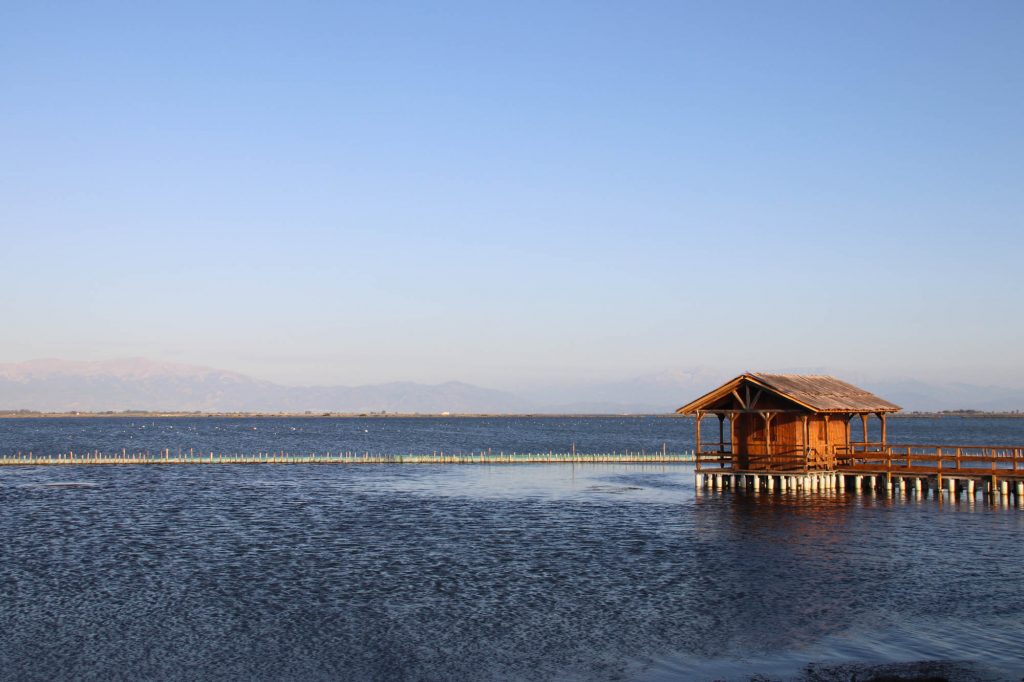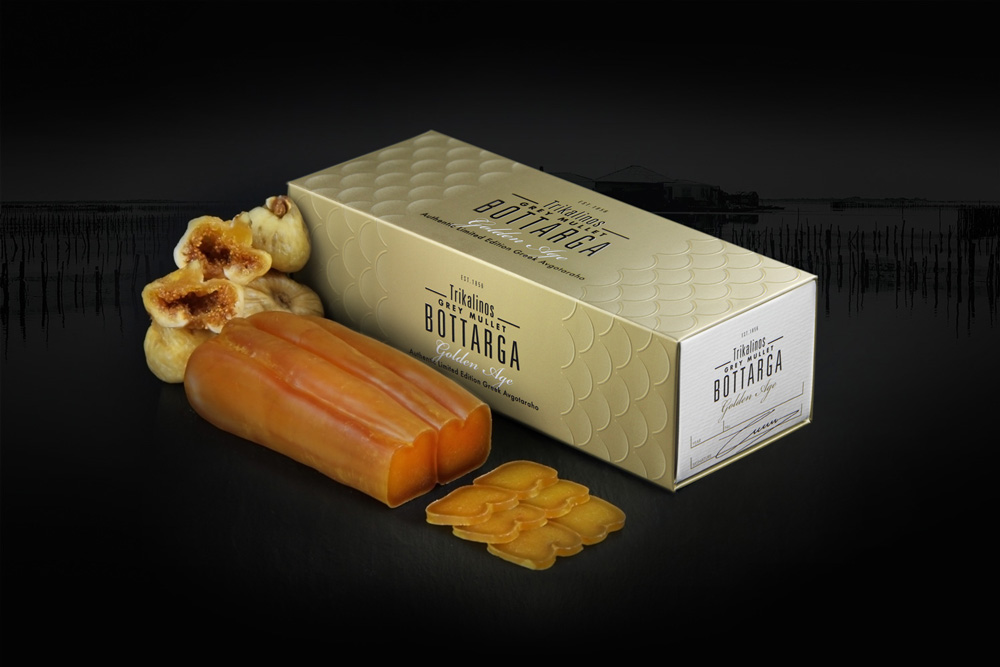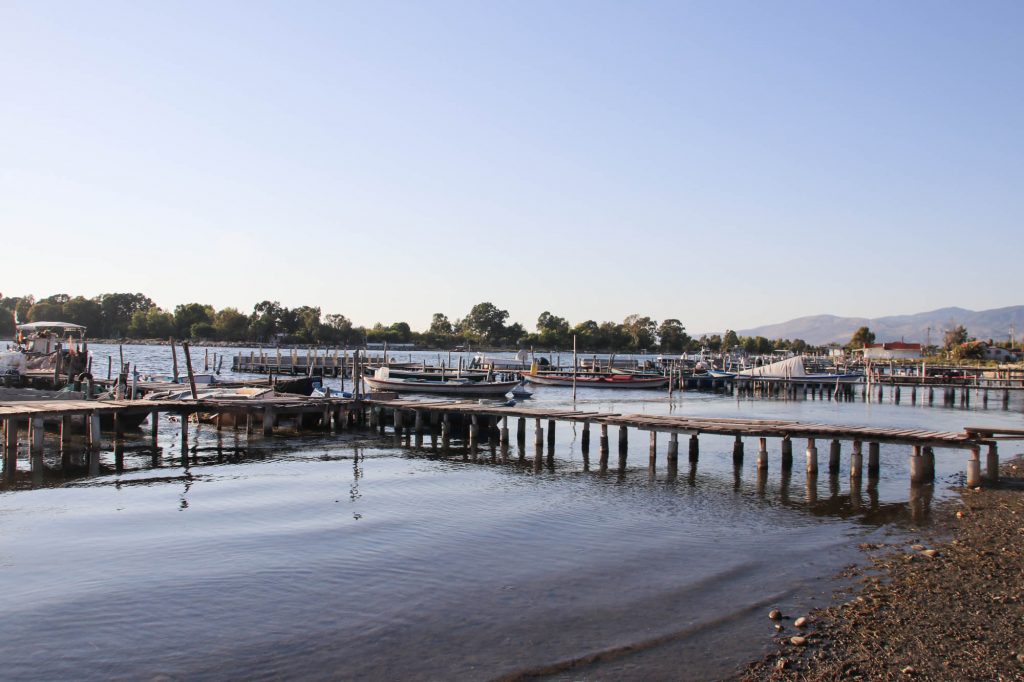There is a Greek caviar and it is none other than the exceptional Bottarga Messolonghi.
Greek Caviar: Try Bottarga Mesolonghi
Fine foods are part of the finer things in life. In Greece, one of the most unique Protected Designation of Origin (PDO) food products is Bottarga Messolonghi, otherwise known as the Greek caviar. It’s made from the eggs of grey flathead mullet. It is quite flavorful, described as a combination of salty and spicy. As for how it looks, it’s yellow or orange in color. How it tastes? It is truly delectable.
The History of Greek Caviar
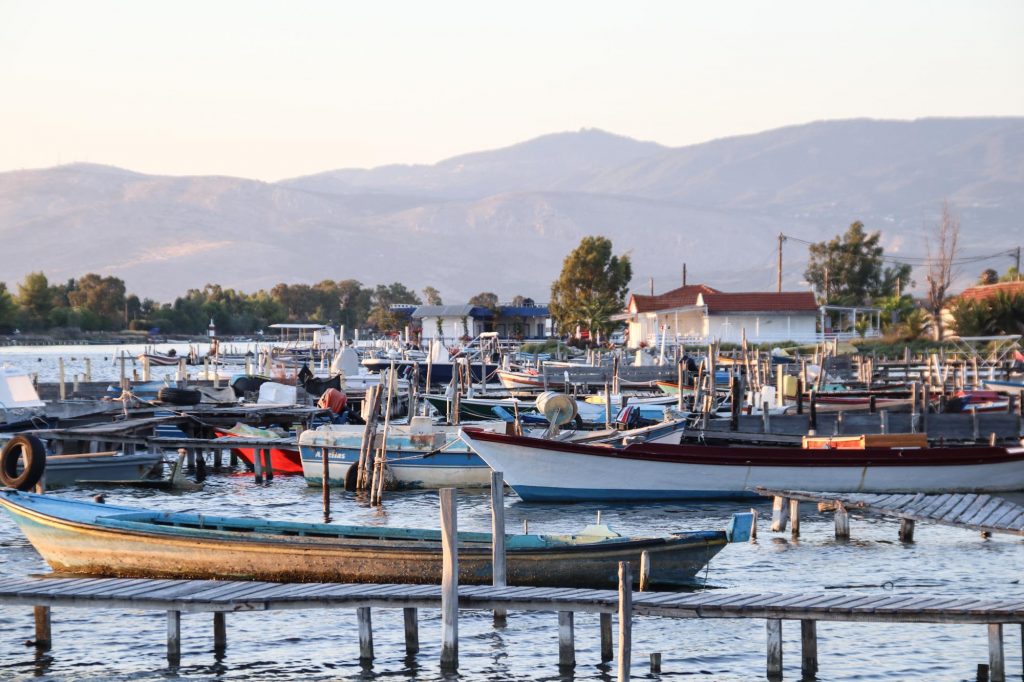 Many Mediterranean countries have their own caviar and Greece is no exception. However, Bottarga Messolonghi is one of the few seafood products to have gained PDO status. Bottarga which is called avgotaraho in Greek, comes in different variations across Italy and in Greece.
Many Mediterranean countries have their own caviar and Greece is no exception. However, Bottarga Messolonghi is one of the few seafood products to have gained PDO status. Bottarga which is called avgotaraho in Greek, comes in different variations across Italy and in Greece.
The 19th-century English poet who lived in Greece Lord Byron loved Bottarga Messolonghi and spread its fame throughout Europe.
How to Make Greek Caviar
Making Bottarga Messolonghi is a process that is long, slow and special. This delicacy is still produced using ancient production methods and ultra-specific, bio-climactic conditions. That’s what make’s Greek caviar so special, it is produced in a way that it simply cannot be rushed. Ancient culinary traditions are very much a part of what makes Greek caviar so unique.
First, flathead mullet is caught by fishermen in the lagoon of Messolonghi in the west coast of Greece. This happens around June and July.
The eggs are removed from the fish and washed with water. The next step is placing the eggs in a salt solution for two days. Next, they are gently air dried. Bottarga makers then press the eggs between wooden boards and then the eggs are dried under the sun. The final stage is the lengthiest of stages. The roe is threaded on cotton and hung to dry. This part of the process lasts for several months.
This drawn out preservation process is truly unique but so is the preservation step. It is traditionally preserved in beeswax. No other country in the Mediterranean or Africa does this. This natural way of preserving the fish roe is part of the secret to its special taste. No synthetic packaging equals an incredible food product.
How to Eat Greek Caviar
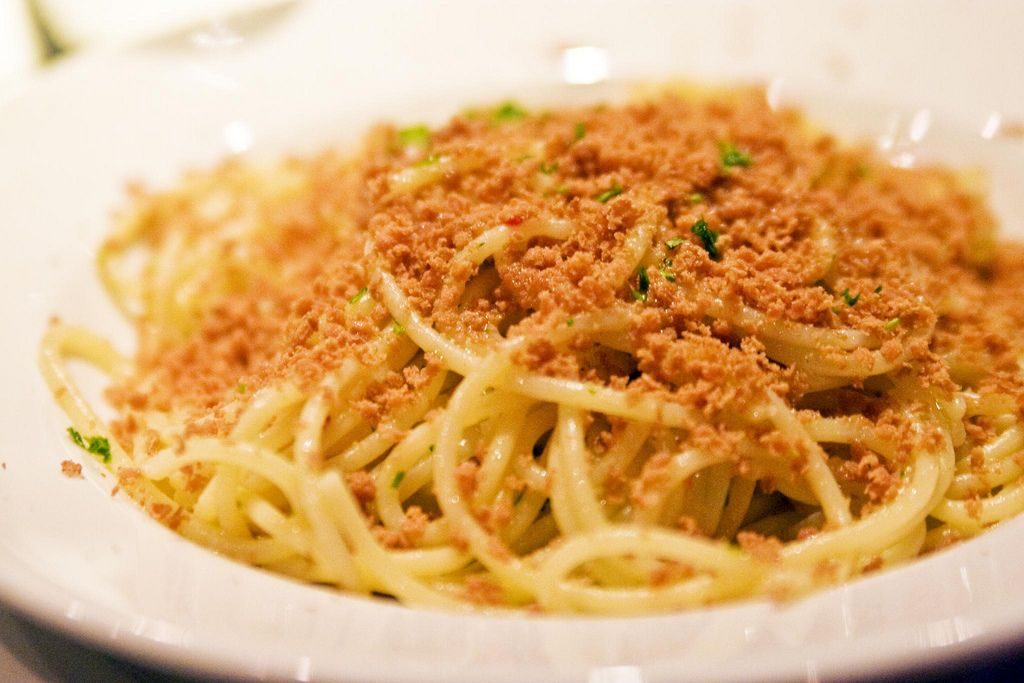
Greek caviar can either be sliced or grated. Recipes call for grated Greek caviar over pasta, giving the meal a fantastic flavor. When it is sliced, it is best served with fresh bread along with some extra virgin Greek olive oil. Greek caviar’s velvety texture and long-lasting aftertaste is a perfect pair with some of the country’s traditional liquors including anise-flavoured ouzo or tsipouro.
Like all good foods in life, it is best enjoyed slowly. Savor the flavour!
Have you ever had any special caviar from any part of the world during your travels?


